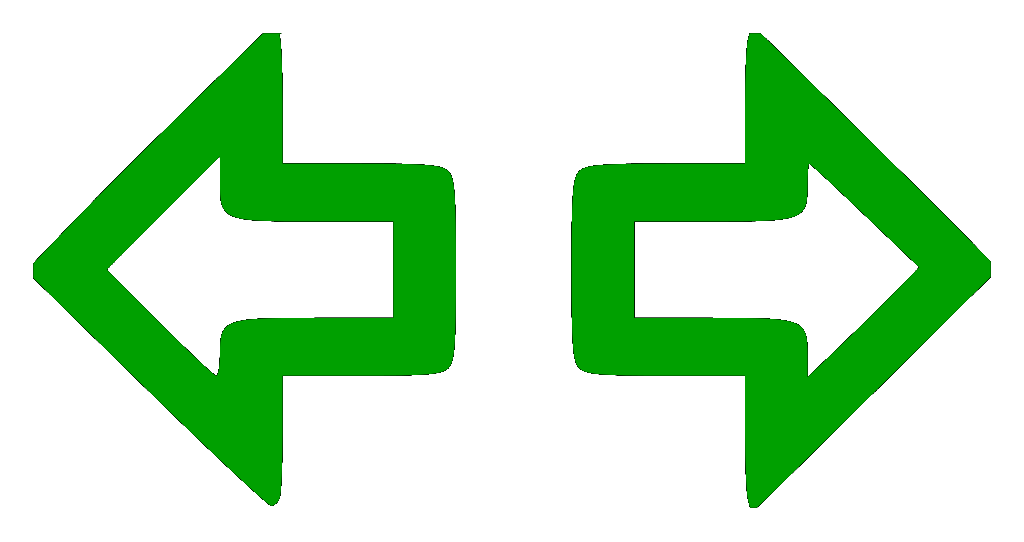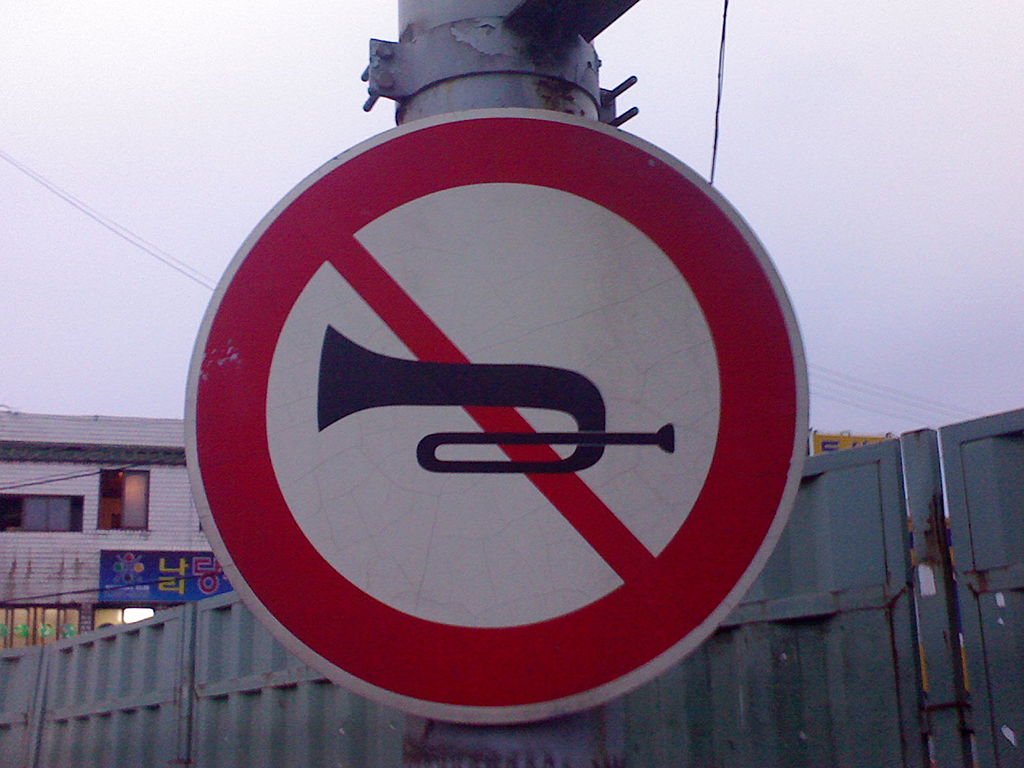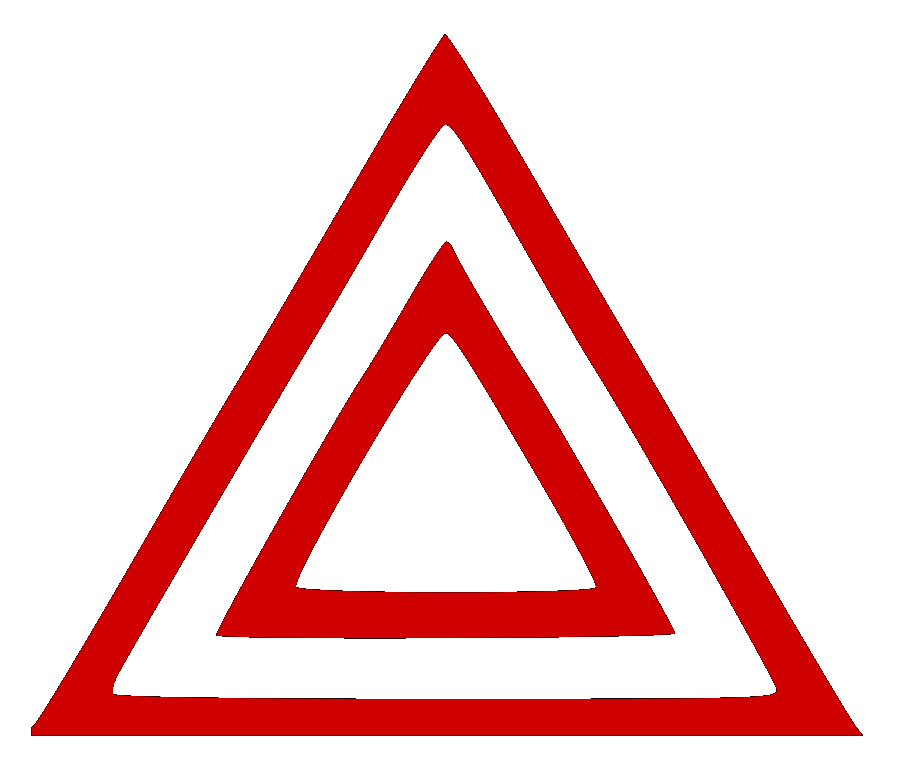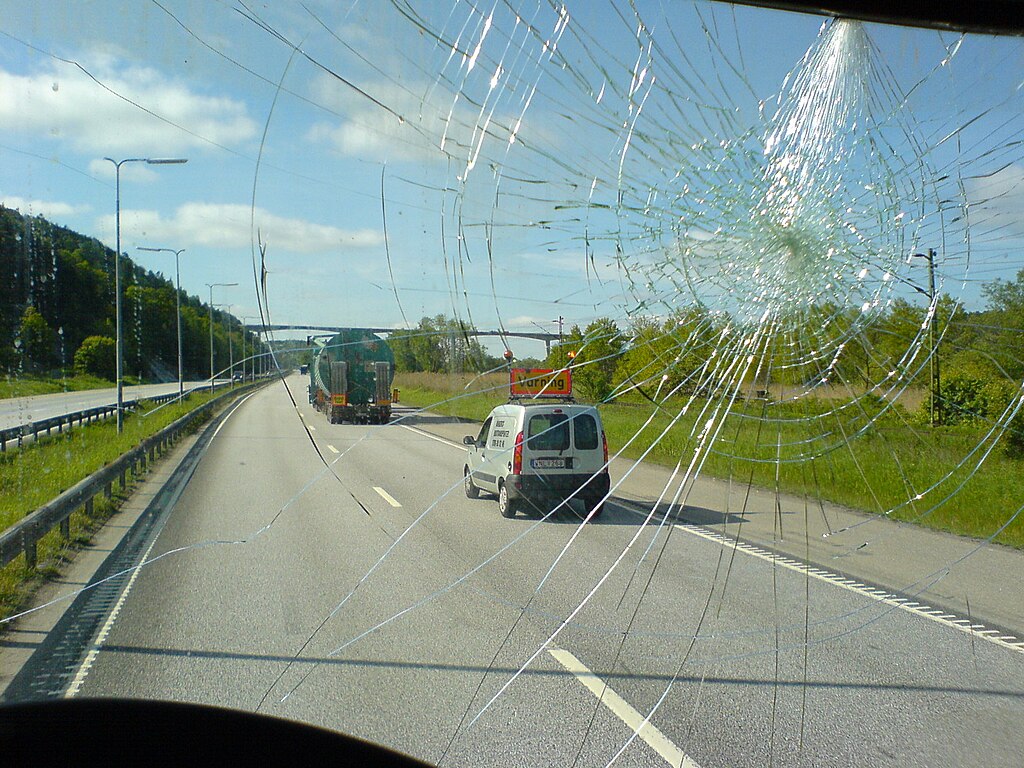
Here you can study for the exam. Look up keywords and learn definitions about all kind of subjects.
A train is a form of rail transport consisting of a series of connected vehicles that generally run along a railroad (or railway) track to transport passengers or cargo.
 © Wikimedia.org/Shilpy Arora, CC BY-SA
© Wikimedia.org/Shilpy Arora, CC BY-SA
A railroad crossing is a crossing of a public road through one or more tracks built outside the carriageway.
A tram is a rail vehicle that runs on tramway tracks along public urban streets. The lines or networks operated by tramcars are called tramways. Tram vehicles are usually lighter and shorter than main line and rapid transit trains. Today, most trams use electrical power, usually fed by a pantograph sliding on an overhead line.
A trunk of a car is the vehicle's main storage or cargo compartment. The trunk or luggage compartment is most often located at the rear of the vehicle. Early designs included an exterior rack mounted on the rear of the vehicle to which it was possible to attach a real luggage trunk. Later designs integrated the storage area into the vehicle's body and evolved to provide a streamlined appearance. The main storage compartment is normally provided at the end of the vehicle opposite to which the engine is located.
A tunnel is an underground passageway, dug through the surrounding soil/earth/rock and enclosed except for entrance and exit, commonly at each end.
 © Wikimedia.org/Michiel1972, CC BY-SA
© Wikimedia.org/Michiel1972, CC BY-SA
The turn signals are flashing lights on the left and right front and rear of the vehicle. Sometimes also on the sides or on the side mirrors of a vehicle. They are used to indicate the direction to other road users when turning or changing lanes.
 © Wikimedia.org/Ehsnils, CC BY-SA
© Wikimedia.org/Ehsnils, CC BY-SA
The two-second rule is a rule of thumb by which a driver may maintain a safe trailing distance at any speed. The rule is that a driver should ideally stay at least two seconds behind any vehicle that is directly in front of his or her vehicle. It is intended for automobiles, although its general principle applies to other types of vehicles. Some areas recommend a three-second rule instead of a two-second rule to give an additional buffer. The two seconds is not a guide to safe stopping distance, it is more a guide to reaction times.
A vehicle is any means of transport on land, as well as all mobile agricultural or commercial equipment.
A horn is a sound-making device that can be equipped to motor vehicles, buses, bicycles, trains, trams and other types of vehicles. The sound made usually resembles a 'honk' or a 'beep'. The driver uses the horn to warn others of the vehicle's approach or presence, or to call attention to some hazard.
 © Wikimedia.org/P.Ctnt, CC0
© Wikimedia.org/P.Ctnt, CC0
A verge is a strip of soil along a road and is often planted with grass, plants or trees. Road signs are often placed in the roadside. If the road is too narrow to cross another vehicle, you can move on the roadside.
With most vehicles you can blink the four direction indicators simultaneously. These are the warning lights, they may only be used to warn other road users of a hazard.
 © Wikimedia.org/Ehsnils, CC BY-SA
© Wikimedia.org/Ehsnils, CC BY-SA
Reduce your speed in rain, snow and sleet. The road surface is much smoother in bad weather conditions, so the tires have less grip. In case of a wet road surface it is best to reduce your speed by about 15 km / h. With snow you can best halve your speed. Use snow tires or snow chains when there is snow on the road. On ice you have to drive very carefully, because a vehicle is not controllable on ice. It is therefore very dangerous to drive on ice.
A windscreen wiper is a device used to remove rain, snow, ice, washer fluid, water, and/or debris from a vehicle's front window so the vehicle's operator can better see what's ahead of them. Almost all motor vehicles, including cars, trucks, buses and trains are equipped with one or more such wipers, which are usually a legal requirement.
It is important that you are able to see clearly through the windows and windshield. Clear snow, ice, or frost from all windows before driving. Make sure the inside of the windshield and windows are clean as well. Damaged glass can break very easily in a minor collision or when something hits the windshield. Have a damaged windshield replaced. Windshield wipers keep the rain and snow off the windshield. Some vehicles also have wipers for rear windows. Make sure all wipers are in good operating condition. If the blades are not clearing water well, replace them.
 © Wikimedia.org/Vcx, CC BY-SA
© Wikimedia.org/Vcx, CC BY-SA
Winter tires or snow tires are designed for use on snow and ice. Winter tires have a tread design with larger gaps than those on summer tires, increasing traction on snow and ice. Such tires that have passed a specific winter traction performance test are entitled to display a 'Snow Flake' symbol on their sidewalls. Tires designed for winter conditions are optimized to drive at temperatures below 7 °C (45 °F). Some winter tires have metal or ceramic studs that protrude from the tire to increase traction on hard-packed snow or ice. Studs abrade dry pavement, causing dust and creating wear in the wheel path. Regulations that require the use of winter tires or permit the use of studs vary by country.
 © Wikimedia.org/A7N8X, CC BY-SA
© Wikimedia.org/A7N8X, CC BY-SA
Wrong-way driving is the act of driving a motor vehicle against the direction of traffic. It can occur on either one- or two-way roads, as well as in parking lots and parking garages, and may be due to driver inattention or impairment, or because of insufficient or confusing road markings or signage, or a driver from a right-hand traffic country being unaccustomed to driving in a left-hand traffic country. People intentionally drive in the wrong direction because they missed an exit, for thrill-seeking, or as a shortcut.

Help us promote traffic rules on the internet, together we can make the public road safer for everyone. Post a comment or share on social media!
look at the sign on the road to avoid accidents and horrible driving conditions
I received a 300$ ticket because I passed a police control of other cars/drivers on the right lane of a highway (the control was on the hard shoulder of the highway). Is it really true, that you have to change the lane in such cases? Thanks!
I am an American living in Italy. The Italian Drivers License theory test is the hardest test I have ever studied for and I am in my 70s have multiple degrees, multiple professional certifications. Have to take the Italian Drivers Theory test in Italian. No english. So many rules. More signs in small medieval Italian town I live in then in major US cities I have lived in. No Italian license no driving. No buying or renting a car. Test here was good, clean. Lots of tricky questions on many practice and real official tests. Thanks
Most problems are a result of higher than safe driving speeds. Please just slow down and be patient.
Question 121: Poor translation: Vehicles with polluted fluids prohibited Should be translated as: Vehicles with dangerous liquids prohibited
Question 83: Poor translation: Vehicles with polluted fluids prohibited Should be translated as: Vehicles with dangerous liquids prohibited
Want even more practice? Visit similar websites offering realistic practice driving knowledge tests. Visit us to see what sets our tests apart! https://dkttest.com/capital-territory/
Cool tool! And fun to check whether I remember the rules :) Two things I noticed: Warning for a crossroad side roads on the left and right. While technically that might be the correct translation, this sign tells you, that you are on the main road and have the right of way for the next crossroad and only the next crossroad. Usually (if no sign specifies otherwise) you have to give way to drivers coming from the right at every intersection, which can get a bit annoying in communal areas, so seeing this sign feels less like a warning and more like relief :). A Fahrradstraße is not a lane for cyclists but a street for cyclists, meaning the (whole!) street is intended predominantly for cyclists, who are then allowed to ride next to each other. Cars are allowed to drive there (unless another sign prohibits such), but have to adjust their speed to the cyclists. I believe they are not allowed to pass at all, even if the oncoming lane is empty.
More community